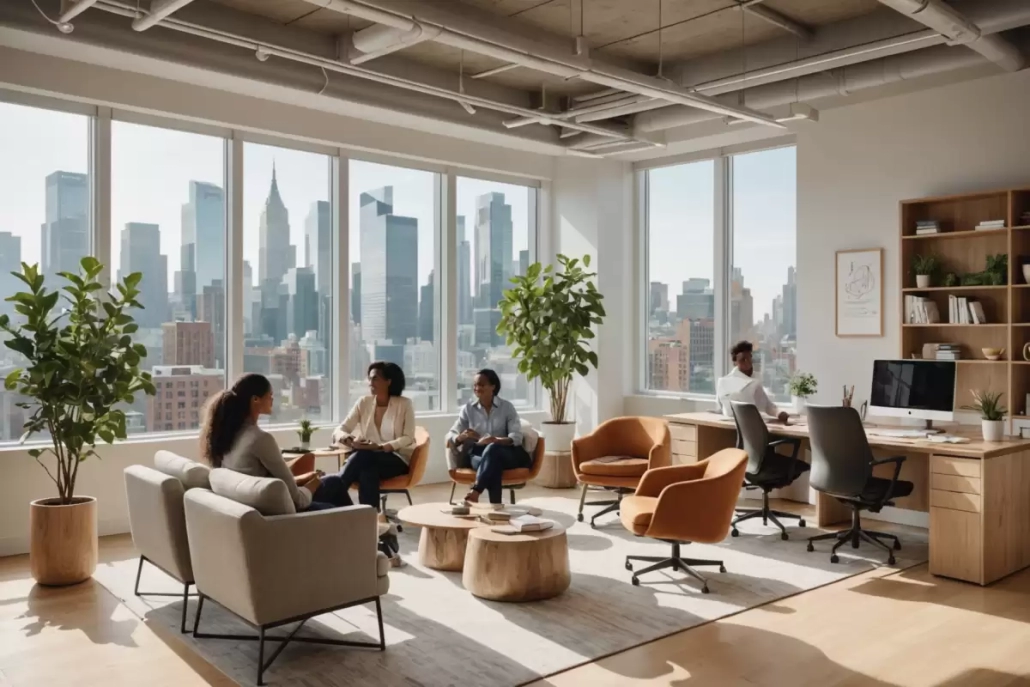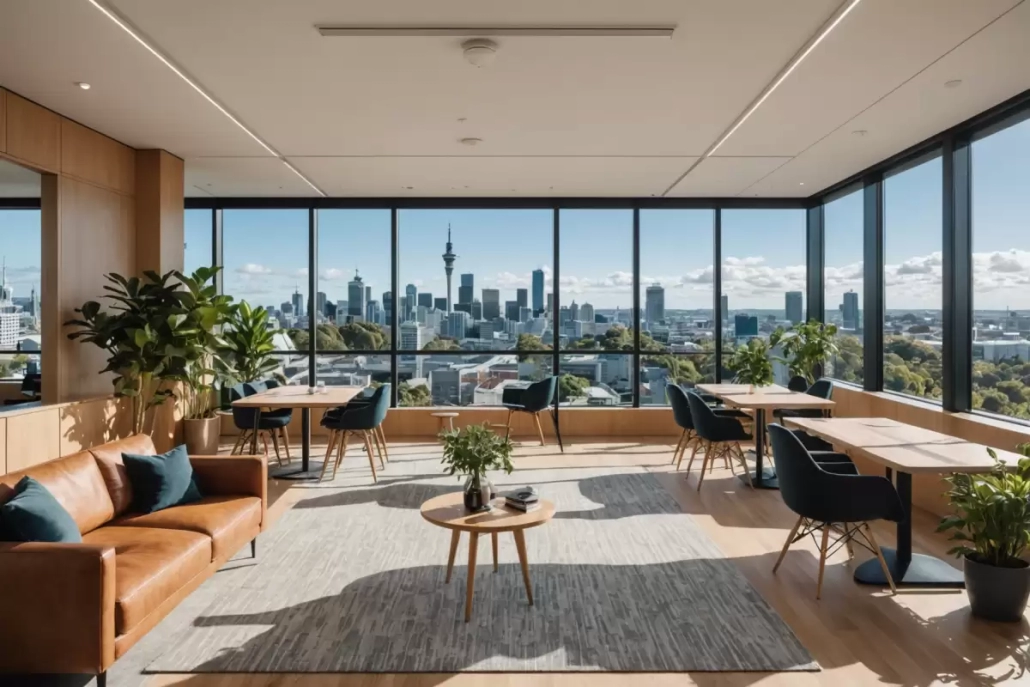In the bustling world of modern business, the cloud has become the unsung hero of innovation and efficiency. Imagine a world where your office is wherever you are, and your team, scattered across continents, works as if they’re just a desk away. This isn’t a scene from a sci-fi movie; it’s the reality of cloud technology today. While many enterprises have jumped on the cloud bandwagon, the real magic happens when you delve deeper into the nuances of cloud culture—where technology meets human creativity.
The Human Side of Cloud Culture
Cloud technology isn’t just about servers and data; it’s about people. It’s about creating a culture where collaboration isn’t hindered by geography or time zones. This shift is transforming how companies operate, fostering a sense of community and shared purpose among employees. When teams can collaborate in real-time, without the constraints of traditional office settings, creativity flourishes. The cloud becomes a canvas for innovation, allowing ideas to flow freely and evolve into groundbreaking solutions.
Bridging the Gap Between Technology and Creativity
In the fashion industry, for instance, designers and marketers can work together seamlessly, sharing mood boards, sketches, and campaigns in real-time. This synergy not only speeds up the creative process but also ensures that everyone is on the same page, literally and figuratively. The result? More cohesive collections that resonate with consumers on a deeper level. It’s a beautiful dance between technology and creativity, where each step is perfectly in sync.
The Role of Leadership in Cloud Culture
Leadership plays a crucial role in nurturing this cloud-driven culture. It’s about more than just providing the tools; it’s about inspiring teams to embrace new ways of working. Leaders must champion the benefits of cloud collaboration and encourage their teams to think outside the box. By fostering an environment where experimentation is encouraged, leaders can unlock the full potential of their teams, driving innovation and growth.
Encouraging a Growth Mindset
A growth mindset is essential in this new era of cloud culture. It’s about being open to change and willing to learn from failures. Leaders who cultivate this mindset within their teams create a culture of continuous improvement, where employees feel empowered to take risks and explore new ideas. This mindset shift is crucial for companies looking to stay competitive in today’s fast-paced business landscape.
The Future of Cloud Culture
As cloud technology continues to evolve, so too will the culture it fosters. We’re on the cusp of a new era where AI and machine learning will further enhance cloud collaboration, providing teams with insights and tools that were once unimaginable. Imagine virtual reality meetings where team members can interact as if they’re in the same room, or AI-driven analytics that provide real-time feedback on project progress. The possibilities are endless, and the future is bright for those willing to embrace these innovations.
A Real-World Example
Consider a tech startup that embraced cloud culture from the get-go. By leveraging cloud tools, they were able to scale rapidly, attracting top talent from around the world. Their secret? A commitment to fostering a culture of collaboration and innovation, where every team member felt valued and empowered to contribute. This approach not only drove their success but also created a work environment that employees were proud to be a part of.
For those intrigued by the potential of cloud optimization and looking to dive deeper into the strategic side of things, DysrupIT offers a fascinating perspective. Their blog post on Cloud Optimization for Enterprises: Boosting Collaboration and Profitability explores how businesses can fine-tune their cloud strategies for maximum impact. Whether you’re a tech enthusiast or a business leader, it’s a must-read for anyone looking to harness the power of the cloud.
As we continue to explore the intersection of technology and culture, it’s clear that the cloud is more than just a tool; it’s a catalyst for change. For those eager to learn more about the future of work and how digital transformation is reshaping industries, Harvard Business Review offers a wealth of insights and articles that are sure to inspire.







